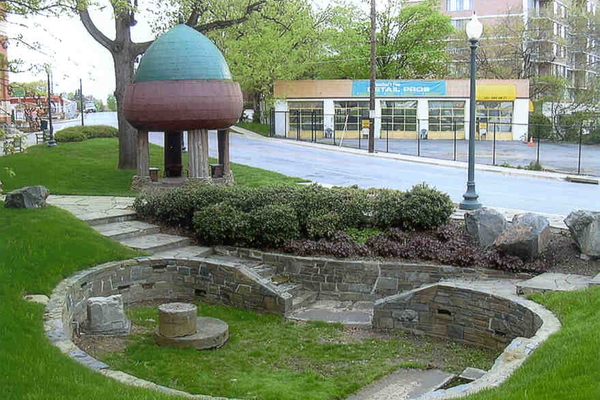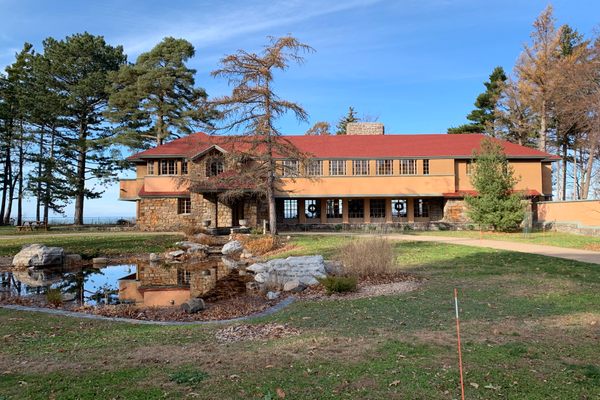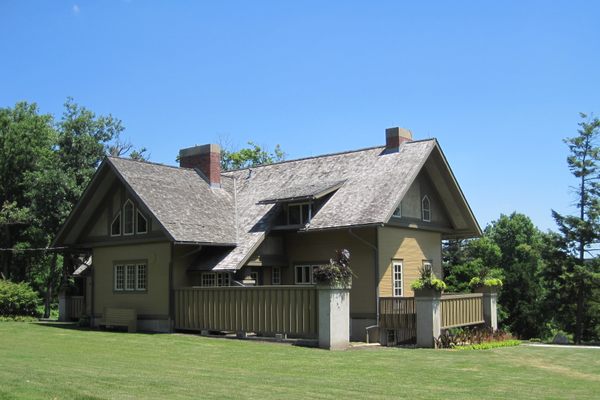AO Edited
Polychrome Historic District
These five Art Deco homes were meant to solve the "small house problem."
At the beginning of the 20th-century, the United States had a problem—a “small house problem.” There was a lack of affordable, single-family homes for middle-class families. Enter architect John Joseph Earley.
Just outside of Washington, D.C., between 1934 and 1935, Earley designed and built five Art Deco homes. Earley felt a strong need for what he called “social justice” after the Great Depression. He hoped his patented design would provide an avenue to affordable housing that would fit modest budgets and expand opportunities for people seeking to own their own homes.
The five homes share adjoining backyards and feature “mosaic concrete” panels, where concrete is stripped to reveal the coarser aggregate pebbles beneath. The result has a similar look to a pointillism painting. Earley also used pre-cast concrete panels in many of these homes, a technique still used in many commercial buildings today. Earley’s creative use of inexpensive building materials and snazzy design concepts bore similarities to Frank Lloyd Wright’s Usonian designs.
While Earley’s concept never caught on as he’d hoped it would, he had several other successful ventures, including Meridian Hill Park, Dumbarton Bridge, and the Shrine of the Sacred Heart in D.C., as well as the Peace Cross in Bladensburg, Maryland, and the Bahá’í House of Worship in Wilmette, Illinois.
Know Before You Go
Park on Sutherland Road to view the three homes there and then walk around to Colesville Road to see the other two. There is no public parking along Colesville Road in that area.
The houses are located at the following addresses: 9900 Colesville Road; 9904 Colesville Road; 9919 Sutherland Road; 9923 Sutherland Road; and 9925 Sutherland Road.


















Follow us on Twitter to get the latest on the world's hidden wonders.
Like us on Facebook to get the latest on the world's hidden wonders.
Follow us on Twitter Like us on Facebook